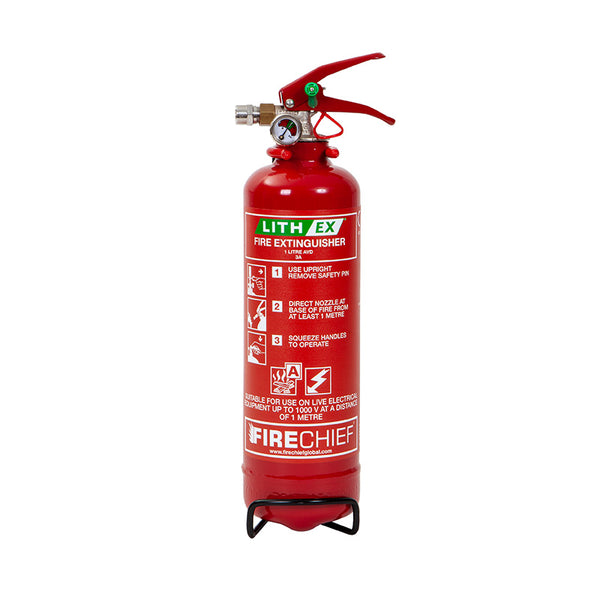A major contrast between traditional fire safety legislation and the new Regulatory Reform Order is that with previous fire safety legislation the focus was on keeping people safe once fire occurred rather than preventing the occurrence of fire. Under the new fire safety order, in addition to providing for the safety of occupants, there is a clear duty to prevent, as far as reasonably practicable, the occurrence of fire.
Throughout the Regulatory (Fire Safety) Order 2005 there are references that make this new emphasis quite clear. For example, the definition of the “general fire precautions” that must be taken by the responsible person includes measures to reduce the risk of fire on the premises. More notably, Article 10 requires that the “principles of prevention” be applied by the responsible person. These principles are specified in Part 3 of Schedule 1 to the Fire Safety Order. They include “avoiding risks”; “combating the risks at source”, replacing the dangerous by the non dangerous or less dangerous and developing a coherent prevention policy.
This approach brings fire safety more in line with the application of general health and safety legislation, in which the first step is a risk assessment to identify the hazards and only then to adopt suitable control measures to ensure that the hazards are eliminated or avoided. As a direct comparison, the first step in any fire risk assessment should clearly involve identifying the fire hazards and then adopting suitable control measures to reduce the risk of fire and only then to provide fire fighting equipment that is effective on the types of fire risk identified in the assessment. For example a catering business using cooking oils would identify this as a risk and preferably include a wet chemical fire extinguisher and fire blanket intended specifically for this fire risk.
Although perhaps not explicitly required under legislation, good practice should by default give as much attention to preventing fire as to installing measures to deal with an outbreak of fire. Even if adequately controlled and posing no threat to life a fire still has the potential to cause serious collateral damage to property and costly interruption to business.
Fire prevention is often a matter of simple common sense and need not always involve sophisticated measures or high technology. In order to prevent fires, there is a need for some awareness of the main causes of fire.
The three most common causes in non-domestic premises are arson, electrical faults and smokers’ materials. In manufacturing and process industries consideration must be given to the risk of fire as a result of these activities- overheated motors, weld splashes, ovens etc.
It is, therefore, essential that measures to minimise these fire risks are considered in a fire risk assessment. Good site security, fire proof letterboxes, effective fire doors, planned electrical maintenance e.g PAT testing, non smoking enforcement including smoke alarms are examples of proactive fire prevention to minimise the fire risk.
Other significant causes of fire that need to be considered are cooking activities, the use of portable heaters and site maintenance activities, particularly “hot work” undertaken by tradesmen such as plumbers and roofing contractors. When it comes to fire, prevention is always better than the cure.


